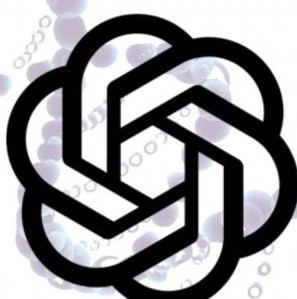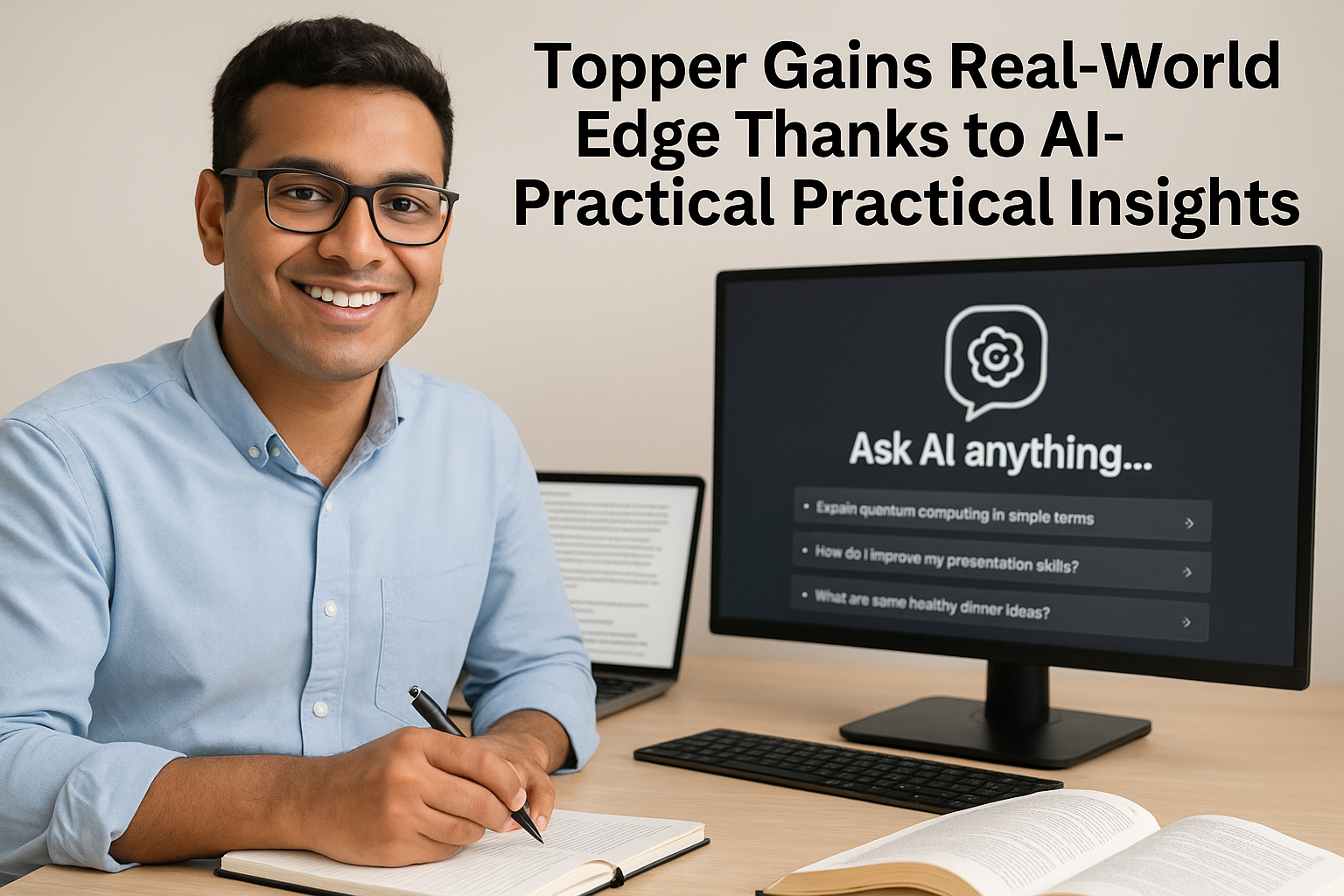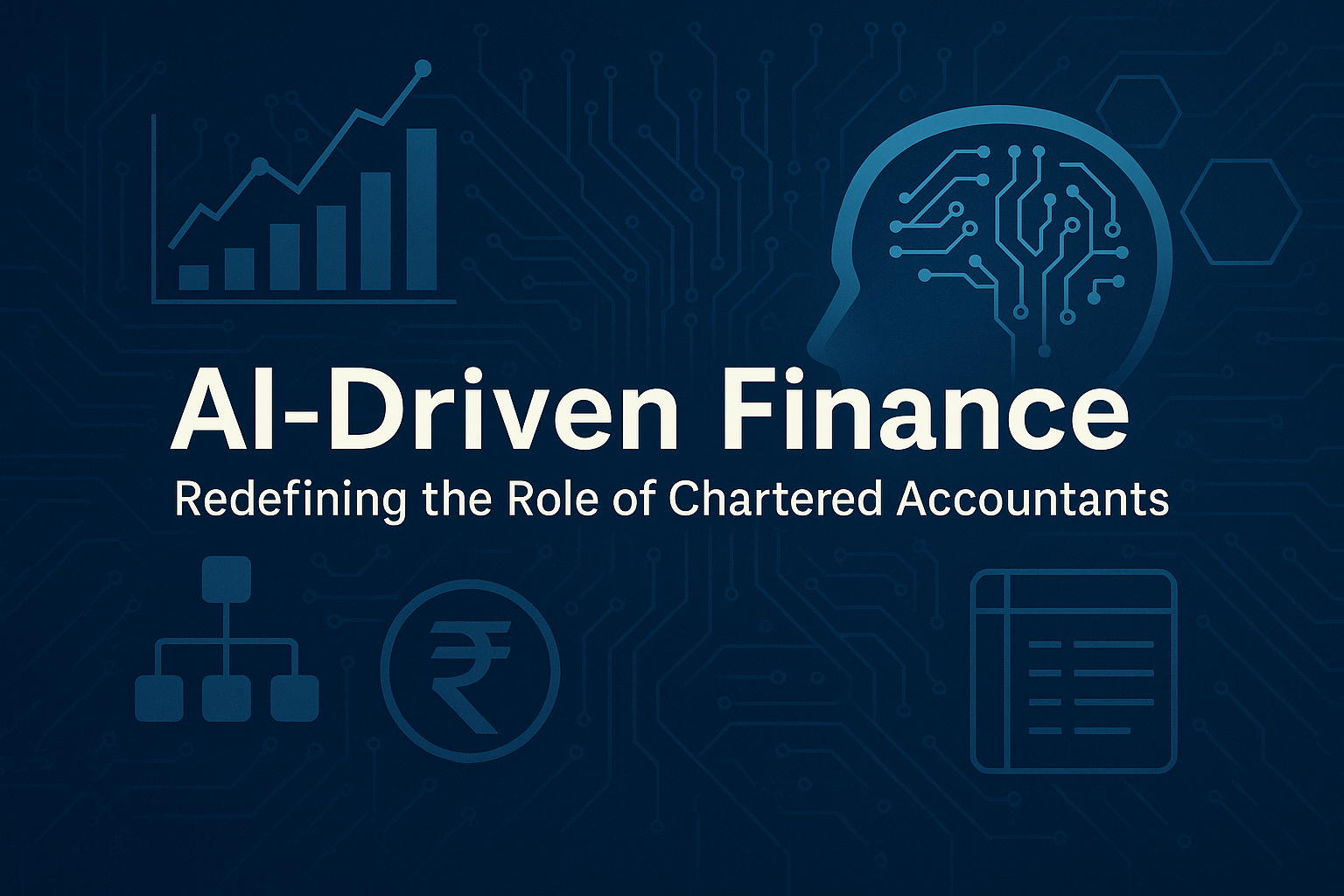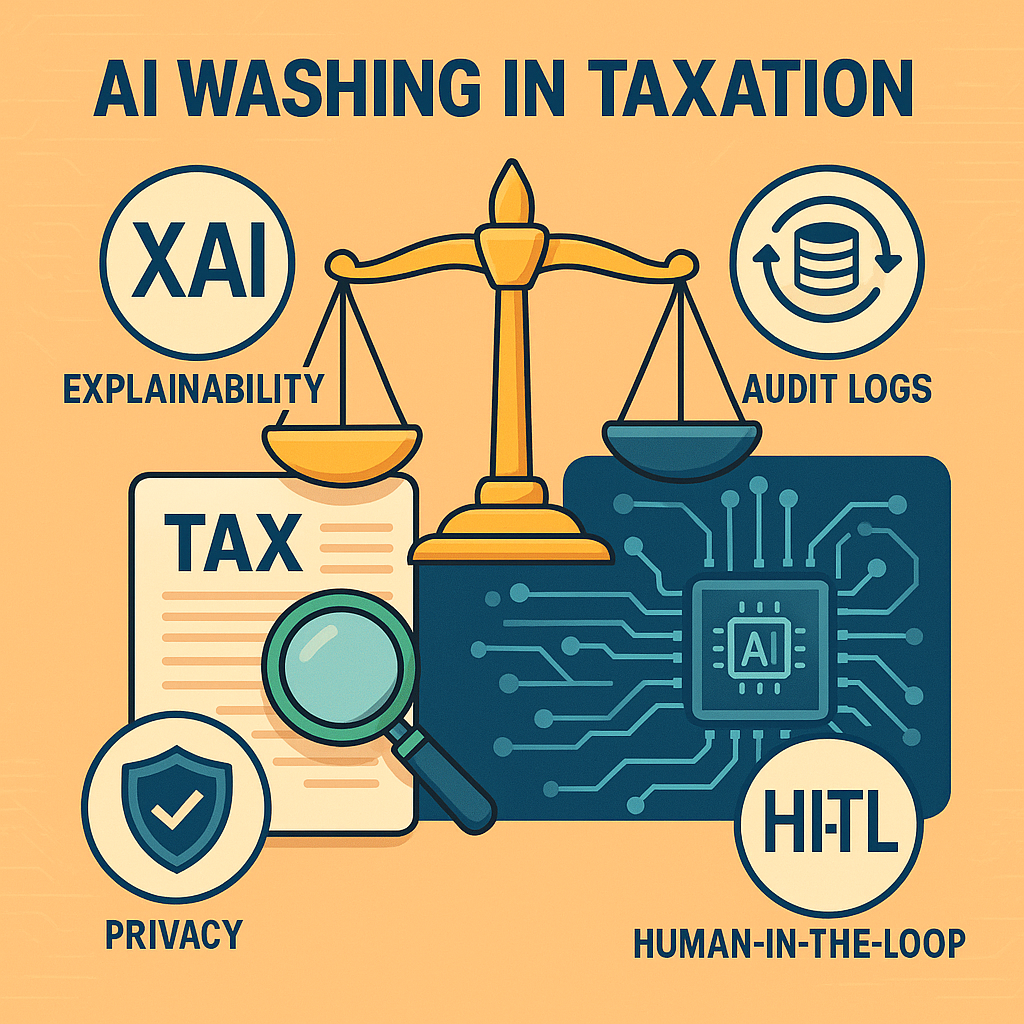1. Setting the Stage: From GPT-5 to GPT-5.1
OpenAI’s GPT-5, released on 7 August 2025, marked a major step in reasoning, multimodal capabilities and coding performance.
Yet despite its technical advances, feedback suggested the experience could feel “colder” and less personable to some users. In response, OpenAI has moved quickly to iterate — introducing GPT-5.1 on 12 November 2025.
The aim: preserve and extend the reasoning gains, while improving conversational warmth, user-customisation and usability.
2. Dual-Variant Architecture: Instant vs Thinking
GPT-5.1 comes in two flavours:
- GPT-5.1 Instant – Optimised for speed and everyday use. It handles simple and moderate queries extremely fast, but still engages deeper reasoning when needed.
- GPT-5.1 Thinking – Engineered for complex, high-stakes tasks. It adjusts its “thinking time” dynamically, spending more resources on tougher questions and less time on trivial ones.
A smart routing system automatically selects between the two modes depending on the query, allowing seamless switching and optimal performance.
3. Adaptive Reasoning & Task-Based Efficiency
One of GPT-5.1’s headline features is its adaptive reasoning: the model gauges the difficulty of a prompt and dynamically allocates computational effort. For simpler tasks it responds rapidly; for more difficult ones it “thinks” longer.
Early results show measurable improvements: for example, GPT-5.1 Instant outpaces GPT-5 in mathematics and coding contexts (including AIME 2025-style exams and Codeforces problems) according to published reports.
Similarly, GPT-5.1 Thinking offers clearer, less jargon-heavy explanations, improving accessibility for non-specialist users.
4. Personality Modes, Tone Control & Customisation
Beyond raw reasoning and speed, GPT-5.1 introduces eight personality modes: Default, Professional, Friendly, Candid, Quirky, Efficient, Nerdy and Cynical. This gives users the ability to shape the tone and style of interactions.
Additional fine-tuning sliders allow adjustment of warmth, emoji usage, conciseness and “sharpness”. Every chat inherits these preferences, so the experience becomes consistently aligned with the user’s taste.
According to analysts, the tone and style controls reflect OpenAI’s recognition that user experience matters as much as raw capability.
5. Roll-out Strategy & Availability
The rollout for GPT-5.1 begins with Pro, Plus, Go and Business subscribers; Enterprise and Education plans will have a one-week preview period. Free-tier users are slated to receive access soon after.
For developers, the API updates are planned for later this week — Instant under tag gpt-5.1-chat-latest and Thinking as gpt-5.1. The previous GPT-5 models will remain accessible via a “Legacy Models” menu for three months to facilitate transition.
6. Why This Matters: Trends in AI, Coding & Math
In the fast-moving world of generative AI, benchmark performance in mathematics, coding, and language understanding have become key differentiators. GPT-5.1’s documented gains in these domains signal a clear step forward.
For practitioners, developers and students alike, the improved ability to reason through complex problems, generate correct code, and respond with more human-centric language opens doors to new workflows — from tutoring and technical assistance to research support.
Moreover, customisation and tone control reflect broader UX trends: users increasingly expect not just powerful AI, but AI that “feels right” — tailored to specific tasks, moods and contexts.
7. Challenges & Considerations
While the upgrade is substantial, observers caution that improvements may be incremental, not revolutionary. Some commentary noted that GPT-5 itself had elicited mixed reactions around its coding prowess.
Questions remain around how it performs in edge-cases, how latency will behave under heavy load, and how real-world usage will compare to internal benchmarks.
The broader competitive landscape — with rival models from other organisations — means OpenAI will need to continue iterating aggressively.
8. Looking Ahead: The Road for GPT-5.1 and Beyond
GPT-5.1 sets the stage for what many in the field expect to be a rhythm of continuous model updates, emphasising more than just parameter counts — but improvements in reasoning, alignment, user-centric interaction and domain-specific performance.
For educators, developers, researchers and enterprise users, the expanded capabilities around math, coding and conversational tone open new possibilities — whether in tutoring systems, development assistants or domain-specific agents.
As rollout progresses and usage broadens, it will be important to monitor real-world performance, latency, cost and ecosystem uptake.
Conclusion
The release of GPT-5.1 marks a meaningful leap in generative AI: not just smarter, but more human-aware, more flexible and more tailored. With dual-mode reasoning, personality customisation and documented performance gains in coding and mathematics, the update reflects a maturing phase in AI deployment — one where experience and adaptability matter as much as raw capability. As the model becomes more widely available, its impact across education, development, content creation and enterprise workflows will become clearer.
Source:indianexpressGPT







